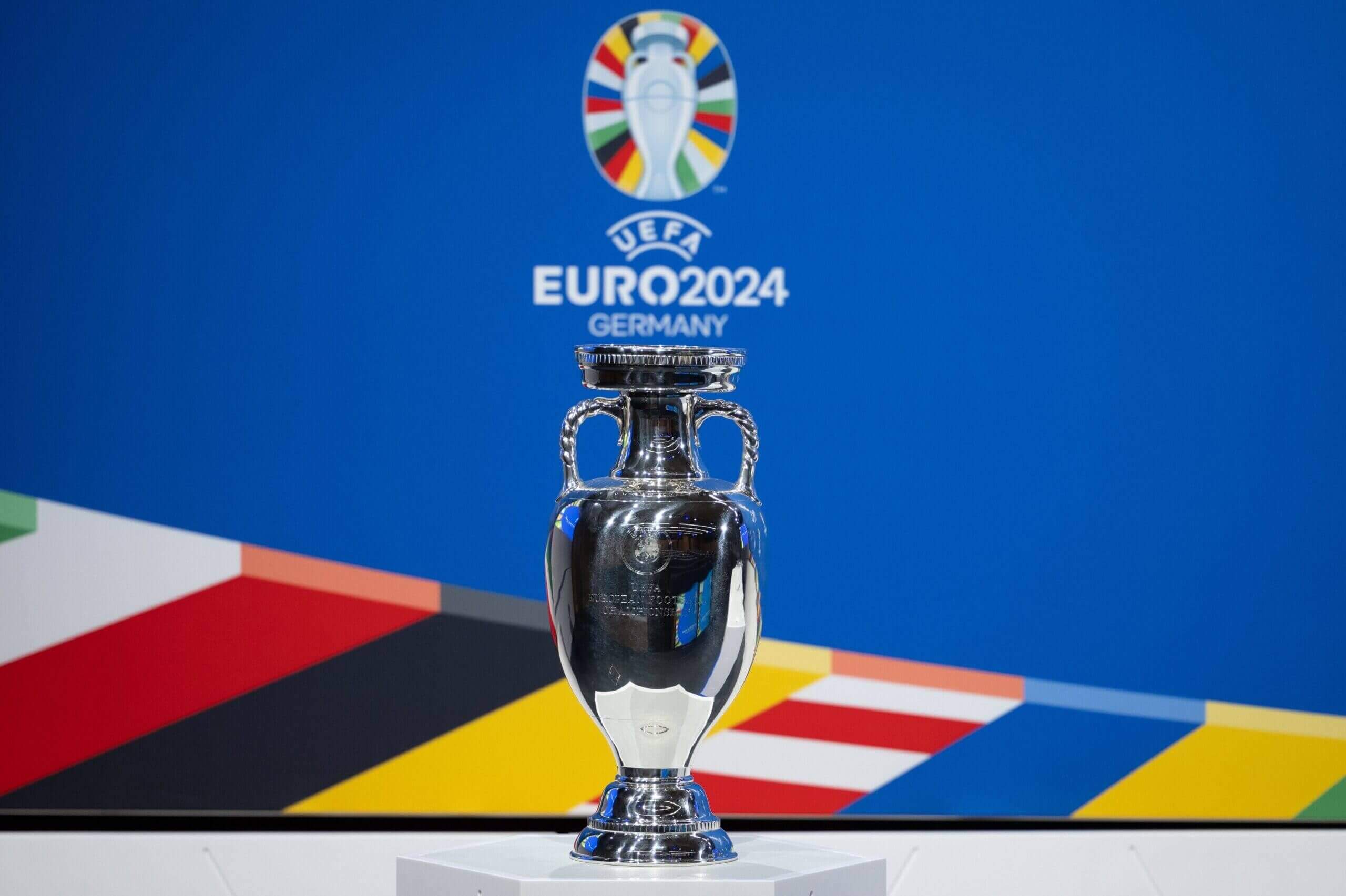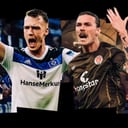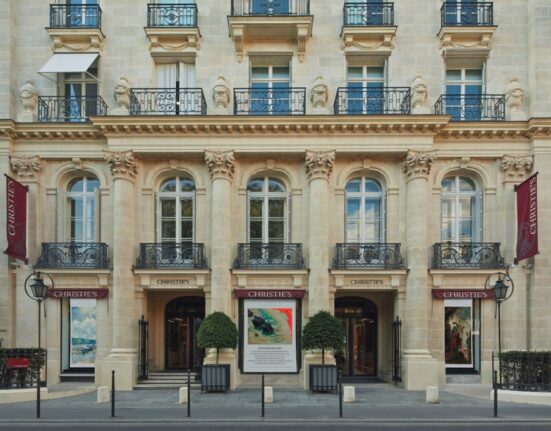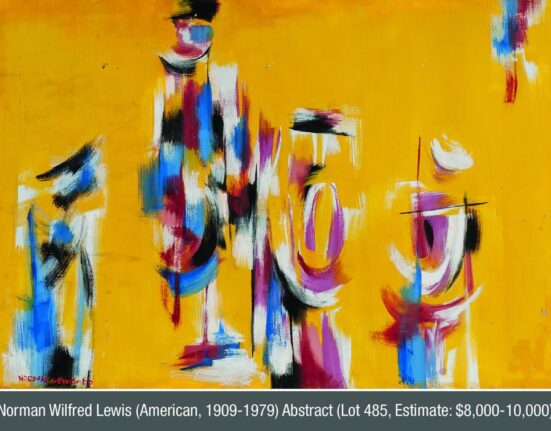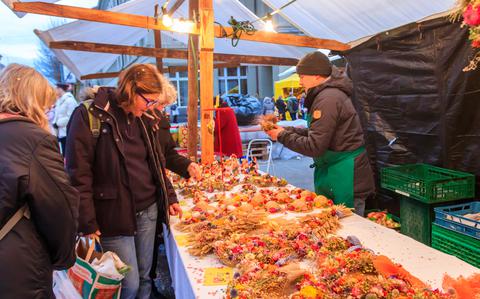The draw for the 2024 European Championship is taking place in Hamburg tomorrow (5pm GMT; 12pm ET).
The competition, which starts on June 14, will be the first international men’s tournament staged in Germany since the 2006 World Cup.
To get you in the mood, The Athletic has compiled a guide to the 10 stadiums and cities that are being used next summer.
Berlin
Stadium: Olympiastadion.
Capacity: 74,475.
Who plays there? Hertha BSC.
What is the stadium’s reputation in Germany?
The standing joke is that it’s always cold. In winter, autumn, spring and summer. The Olympiastadion is in the middle of Olympic Park, so it’s exposed and the gap at one end of the ground can turn it into a wind tunnel.
The blue running track is divisive, but it can frame games in a satisfying way. Hertha don’t fill the stadium, especially post-relegation to the second tier.
Many of their fans want to move to a new stadium for that reason but, for big occasions, it can generate ungodly noise: see Turkey’s recent 3-2 win over Germany there in November for proof of what its atmosphere can be like.
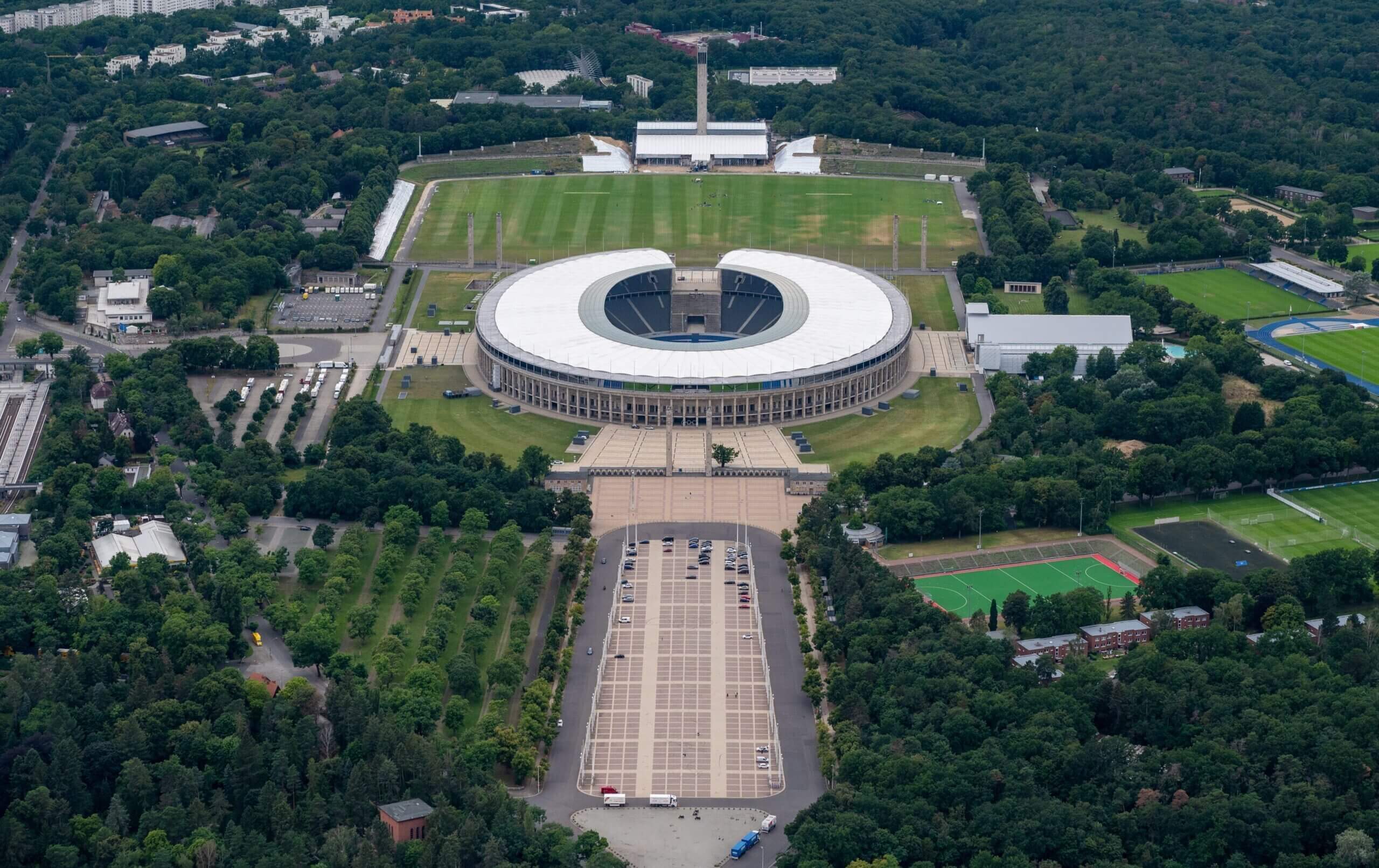
The Olympiastadion in Berlin will host the final (Christophe Gateau/picture alliance via Getty Images)
Forget the football, what is the city like?
Berlin is Berlin. It’s the least German of all the German cities and has become a cultural meeting point for all sorts of people, many in exile. What kind of time you have there depends on your reason for visiting — and what you want to do. Big city modernity meets artisanal, alternative weirdness, with everything in between.
Delicacy: The doner kebab. Supposedly, the first doner was cooked and sold in West Berlin.
Matches being played there: Three group games, one round-of-16 game, a quarter-final and the final.
Stadium: Red Bull Arena.
Capacity: 41,500.
Who plays there? RB Leipzig.
What is the stadium’s reputation in Germany?
The heart of darkness? To some at least. Leipzig are so disliked in Germany that it’s difficult to disentangle their home from that reputation. They represent a challenge to footballing culture and most journeys to the Red Bull Arena are, as a result, taken resentfully — if it all, because some fan groups boycott the trip entirely.
Architecturally, it’s an unusual place. The modern Red Bull Arena is built within the superstructure of the old Soviet-era Zentralstadion, with elevated walkways adjoining the two. As a venue, it’s perfectly fine — even if it does actually smell of Red Bull — but Bundesliga matches are often affected by Leipzig’s standing, and that tends to cloud the atmosphere.
Forget the football, what’s the city like?
A place of two halves. Leipzig has a concrete, brutalist region, but parts of its centre have a striking, baroque beauty. It’s not short of flourishes or history, and it’s certainly worth venturing out into its surrounding regions, too, to see where Napoleon was defeated in the Battle of the Nations.
In October 1989, Leipzig was the venue for some of the largest demonstrations against the German Democratic Republic (East Germany) before the fall of the Berlin Wall. Around 120,000 people took part, filling the Augustusplatz in the city centre. Visiting the square — and the Mende Fountain — should be on anyone’s list.
Delicacy: Leipzig gose. A warm, malty and slightly sour beer.
Matches being played there: Three group games and a round-of-16 clash.
Munich
Stadium: Allianz Arena.
Capacity: 75,000.
Who plays there? Bayern Munich.
What is the stadium’s reputation in Germany?
Corporate, but not without atmosphere. On big occasions — especially in the Champions League — it can feel electric.
Overall, Allianz Arena is still typical of the new-build experience — the good and the bad — and England fans will find it similar to Wembley. It’s in its own contained area out to the north of the city, so you can’t just gradually drift towards it as kick-off approaches, and so long afternoons or mornings before games are best spent in Munich itself.

(Lutz Bongarts/Bongarts/Getty Images)
Forget the football, what is the city like?
Beautiful. Intoxicatingly so. Walking around Munich in the summer can feel like being in a Renaissance painting.
Its centre is the site of major reconstruction work before next summer, with the main station being almost entirely rebuilt. When that’s complete, it will be the jackpot for any fans based there. Bring your wallets, though, because the south is Germany’s most expensive area by far.
Munich has a regality other German cities do not possess. It has its own atmosphere, too, because Bavaria is almost like a different country. Many people born there consider themselves Bavarian more than German, especially those from Munich.
Delicacy: Weisswurst. White sausage, usually with bread and mustard. As seen during Harry Kane’s unveiling montage.
Matches being played there: Four group games, one round-of-16 match and a semi-final.
Stuttgart
Stadium: MHPArena.
Capacity: 60,449.
Who plays there? VfB Stuttgart.
What is the stadium’s reputation in Germany?
One side of the ground is being renovated, with an entire section of the main stand being rebuilt for the tournament. An existing calling card is the Cannstatter Kurve, though, home to VfB’s Ultras and one of the loudest terraces in the country. UEFA will be strict on pyrotechnics, which will neuter much of that power and dial down the atmosphere, but it’s still a terrific place to watch football.
Forget the football, what’s the city like?
Very southern. Moving between one of the northern cities and somewhere like Stuttgart, through the contrasts it presents, is a reminder of how big Germany is and how different its regions are. Stuttgart will be extremely warm in the summer — pack some shorts — and it has a white-stone aesthetic reminiscent of southern Europe.
It has a Mediterranean-style atmosphere, too, and that should suit the long pre-match afternoons outside the city’s cocktail bars and restaurants.
The Swabian region is generally picturesque and many of its more rural areas are like vistas from a fairytale. If that’s your thing, then put a day aside and take a train out to Hohenzollern Castle. Need convincing? Google it.
Delicacy: Kasespatzle. Noodles, cheese and onions. It’s better than it sounds.
Matches being played there:
Four group games and one quarter-final.
Hamburg
Stadium: Volksparkstadion.
Capacity: 57,000.
Who plays there? Hamburger SV.
What is the stadium’s reputation in Germany?
As a factory of sadness, given HSV’s decline over the past decade. But the stadium is hefty and loud. It’s an out-of-town bowl with the kind of high tiers that guarantee a decent seat.
It’s accessible by a 15-minute train out of the city centre, too, and the walk from the nearest station takes fans through the park, between the trees and among all sorts of food and music. There’s a statue of Uwe Seeler’s foot outside — Seeler died in 2022 but is HSV’s record goalscorer and probably the most beloved figure in Hamburg’s sporting history. There are even a few Kevin Keegan murals dotted around the concourse.
Forget the football, what’s the city like?
Hamburg is the biggest city in the north and was built on the back of heavy industry and the docks remain prominent in the skyline. It’s a wealthy city, too, with plenty of decadence. The Elbphilharmonie, Hamburg’s grand concert hall which will host the tournament draw, is the gleaming symbol of that.
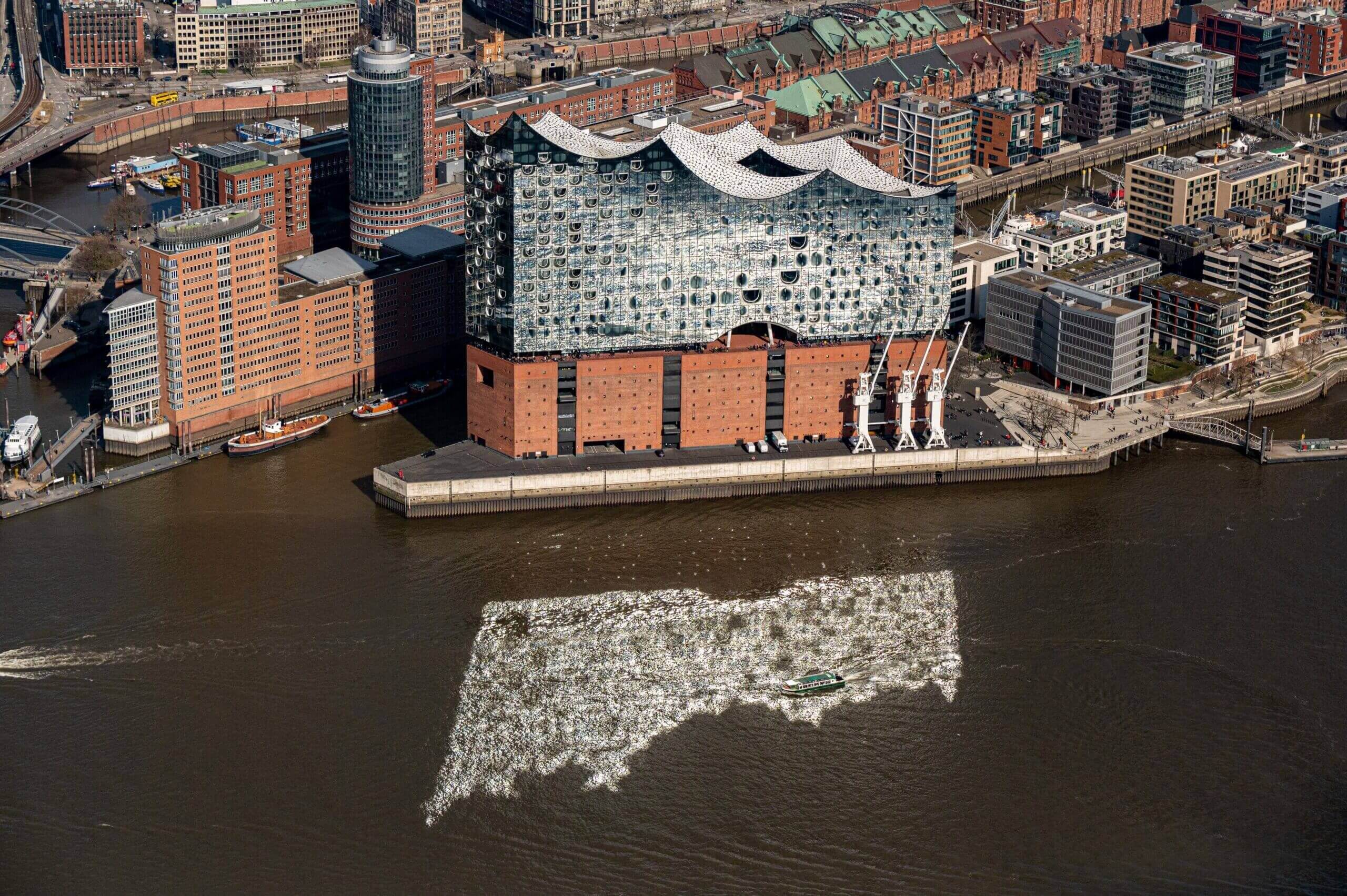
The Elbphilharmonie is where the draw will take place (Daniel Reinhardt/picture alliance via Getty Images)
Spend the days drinking, eating or shopping around the Alster in the city centre, and the nights in the district of St Pauli, which lives to a very different beat. Before you do — if you can handle heights — climb to the top of St Michael’s Church and look down on it all.
Delicacy: Fischbrotchen. Literally “fish bread”. Most often that’s North Sea herring, but it can be cod or salmon with horseradish and onion. Head down to the harbour for that.
Matches being played there: Four group games and one quarter-final.
Stadium: Signal Iduna Park.
Capacity: 82,000.
Who plays there? Borussia Dortmund.
What is the stadium’s reputation in Germany?
A temple of football. The biggest stadium in Germany and many argue the best. Despite its vast scale, it’s not too shiny, either, and inside it has a raffish, unrefined quality that allows it to be more traditional than many of the modern builds. ‘Die Gelbe Wand’ (The Yellow Wall) — the vast, single-tier south stand — won’t be under the command of its ultras during the tournament, but the roof of the stands slopes down to keep the noise in and that should still ensure a furnace of an atmosphere for one of the semi-finals.
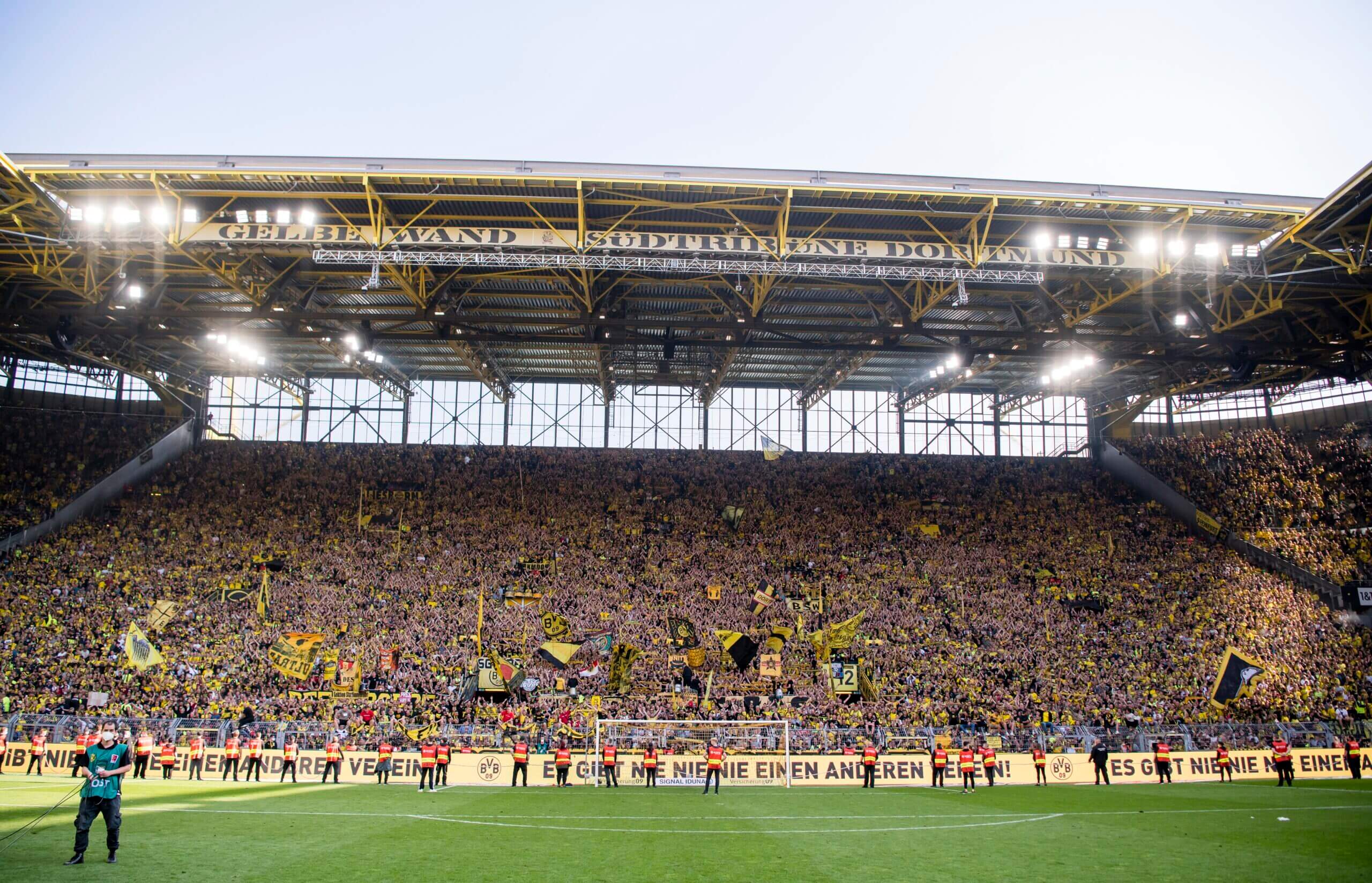
Dortmund’s Yellow Wall (Alexandre Simoes/Borussia Dortmund via Getty Images)
Forget the football, what’s the city like?
Hard-living, hard-working and hard-partying. Dortmund isn’t pretty or delicate, but it doesn’t pretend to be, either. Unlike quite a few of the stadiums in Germany, the Westfalenstadion is much more central. It’s walkable from the main station — or ‘hauptbahnhof’ — and that route will provide a decent tour of a place where it isn’t difficult to have a good night out.
Do try to find time for the German Football Museum. If you’ve ever wanted to see Sepp Herberger’s wedding ring or the penalty spot from where Andreas Brehme scored the winning goal at Italia ’90, then that’s the place for you.
Delicacy: Currywurst — or taxiteller, which is a plate of currywurst, fries, mayonnaise, gyros and tzatziki.
Matches being played there: Four group games, one round-of-16 tie and a semi-final.
Dusseldorf
Stadium: Merkur-Spiel Arena.
Capacity: 54,600.
Who plays there? Fortuna Dusseldorf.
What is the stadium’s reputation in Germany?
Recently, as the home of a big club that could no longer attract enough fans. Fortuna were a heavyweight in the 1970s, but fell all the way down the ladder, dropping as low as the fourth tier as recently as 20 years ago.
They have spent just three seasons in the Bundesliga over the past decade and while their stadium holds more than 50,000, their average attendance has been more like 28,000.
But the Dusseldorf Arena is the venue for a fascinating pilot scheme. The club aim to make all home tickets free to purchase within five years and staged the first of those “Fortuna for All” games in October. Interestingly, more than 50,000 people turned up for a 4-3 win over Kaiserslautern, producing a febrile atmosphere.
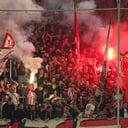
GO DEEPER
The team making tickets free – and hoping to do it for every game in five years
Forget the football, what’s the city like?
Cool, fashionable, rich and green. Dusseldorf was rebuilt quickly after the Second World War and some denigrate it for its modern angles and aesthetic. It was the birthplace of synth-pop royalty Kraftwerk. Today, it also has the largest Japanese population in Europe and the food scene is excellent.
The Altstadt (Old Town) will likely attract the bulk of the supporter traffic. It’s famously known as the “longest bar in the world” on account of “having more than 260 pubs, clubs and restaurants within a square mile”.
Delicacy: Altbier. A foamy, dark beer that some bars in the area still brew on their premises.
Matches being played there: Three group games, one in the round of 16 and a quarter-final.
Cologne
Stadium: RheinEnergie Stadion.
Capacity: 50,000.
Who plays there? FC Koln.
What is the stadium’s reputation in Germany?
An amazing place. It was built for the 2006 World Cup and its four distinct stands give it quite a traditional, even English feel. It attracts plenty of tourists during the Bundesliga season. Partly because it’s such a good ground in which to watch football and also because the atmosphere feels so regionally specific and welcoming. It’s a cliche, but it’s true: Cologne is a wonderful part of the world.
Without that spirit and the staples of matchday — Hennes the Billy Goat, the singing of Mer Stonn zo Dir, FC Kolle before games (the club hymn) — it’s difficult to know how much of its charm will remain for the tournament. Either way, it’s a very acceptable reason to come back.
Forget the football, what is the city like?
Spend time in Cologne and you might never leave. Many argue Cologne to be Germany’s best city: for food, for lifestyle and for the locals. They have a point, too.
Arrive by train if you can, because then you will be greeted by the famous cathedral which looms over the main station. At night, it’s lit up in the dark and offers a spectacular welcome. There is plenty of variety in the nightlife under that steeple, too. The heart of Cologne is a nest of narrow streets and there’s something for everybody — even if your best days are a few years (decades) behind you.
Whatever happens, make sure — at least once — to wake up early enough to watch the sun rise over the Rhine. Cologne is a beautiful city and it is a magical sight.
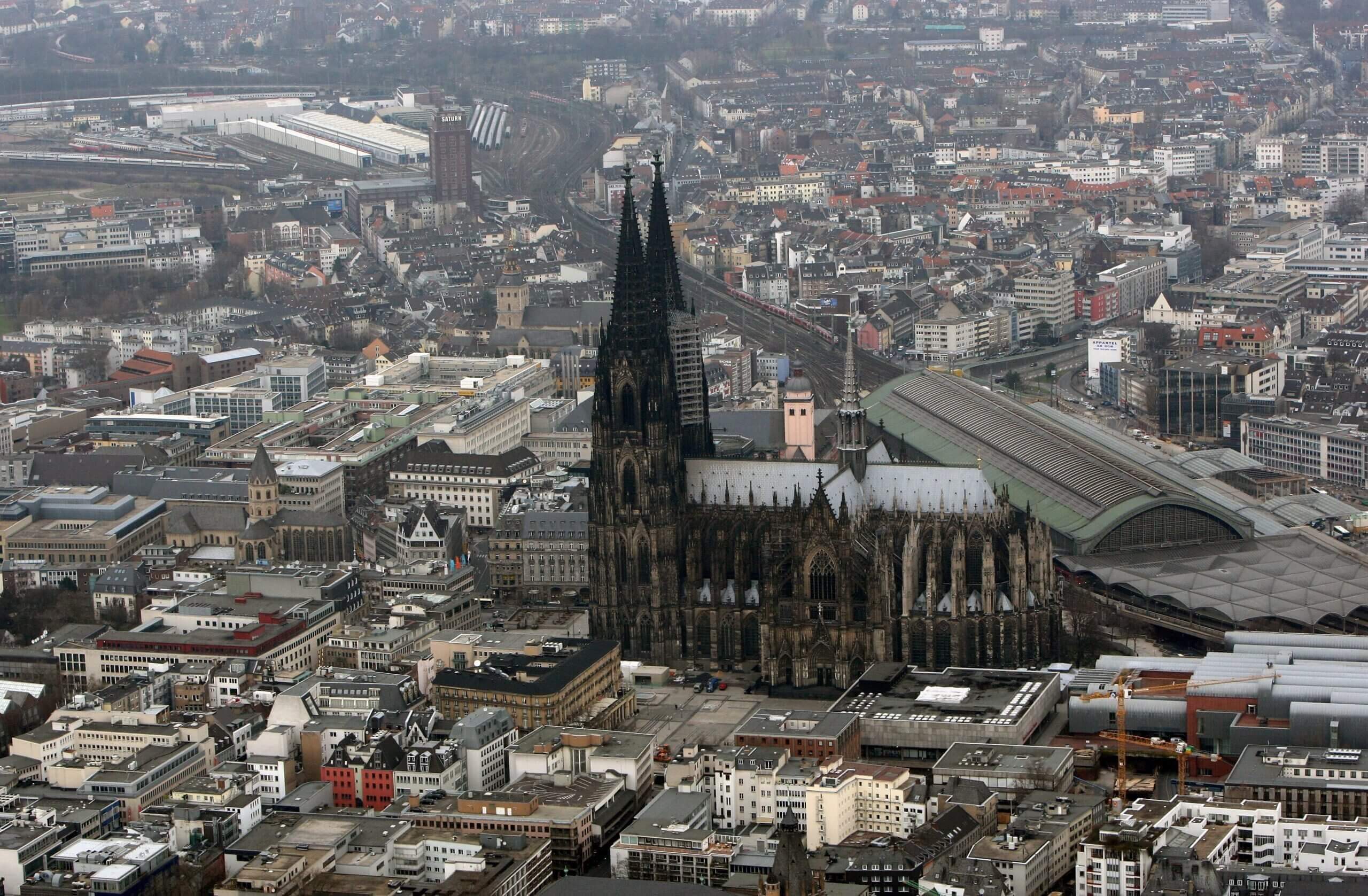
The city of Cologne (Vladimir Rys/Getty Images)
Delicacy: Himmel und Erde. “Heaven and Earth”. Mashed potatoes mixed with stewed apples, served with blood sausage. Washed down with Kolsch, which is served by the tray and in small glasses. Careful, though — they are stronger than they look.
Matches being played there: Four group games and one round-of-16 clash.
Gelsenkirchen
Stadium: Veltins-Arena.
Capacity: 62,271.
Who plays there? Schalke.
What is the stadium’s reputation in Germany?
Charitable, because lately everyone has won there. Schalke have suffered two relegations in the past three seasons and are flirting with another in the second tier.
Veltins-Arena has a retractable roof, which, when closed, makes it extremely loud and gives the environment a beguiling gravity. And noise. It has excellent sight lines on all sides, so it should be a real asset to the tournament. Getting there is easy, too; there’s a tram that runs straight up from the main station.
Forget the football, what’s the city like?
Gelsenkirchen catches a lot of grief. It’s an industrial, no-nonsense town deep in the Ruhr Valley, the engine room of Germany’s post-war recovery. It is a place of great history and significance and, over recent years, has invested in the preservation of that past and is continuing to do so.
So, it might not be somewhere to fill an Instagram account, but — give it a chance — some of the old collieries have been lovingly restored, the Halde Rheinelbe has to be seen to be believed (really) and the city remains very true to itself. Go with an open mind.
Delicacy: Just as in Dortmund: taxiteller.
Matches being played there: Three group games and a round-of-16 tie.
Stadium: Deutsche Bank Park.
Capacity: 51,500.
Who plays there? Eintracht Frankfurt.
What is the stadium’s reputation in Germany?
As the ground with the quickest goal music in the country. Not relevant for Euro 2024, of course, but the speed between the ball hitting the opponent’s net at the Waldstadion and ‘Leichte Kavallerie’ booming out over the tannoy is a wonder of the Bundesliga world.
It’s another park-based stadium. It also has the distinctive pendulum scoreboard above its centre circle that everybody recognises.
The areas around the ground will be thriving before games. There’s plenty of space, which should be a good thing. Inside, Eintracht are usually backed by a ferocious, fierce noise, and the tiers are tall and steep, which seems to keep all of that atmosphere under the roof and over the pitch.
Forget the football, what’s the city like?
Some local knowledge to start. Trains don’t pass through Frankfurt HBF. They pull in and then they have to reverse out. It’s very strange.
The city is Germany’s financial capital. To some, being a centre of business and wealth precludes Frankfurt from being considered a place of culture. It’s not particularly touristy — at least not in a historical sens — but its defenders argue that the money helps to generate and sustain a vibrant music and art scene, even if you do have to dig to find it.
Delicacy: Sausage and green sauce. Sometimes schnitzel. Green sauce is a diced medley of seven different herbs, which are sold by the packet in Frankfurt.
Matches being played there: Four group games and one in the round of 16.
(Top photo: Kristian Skeie – UEFA/UEFA via Getty Images)

